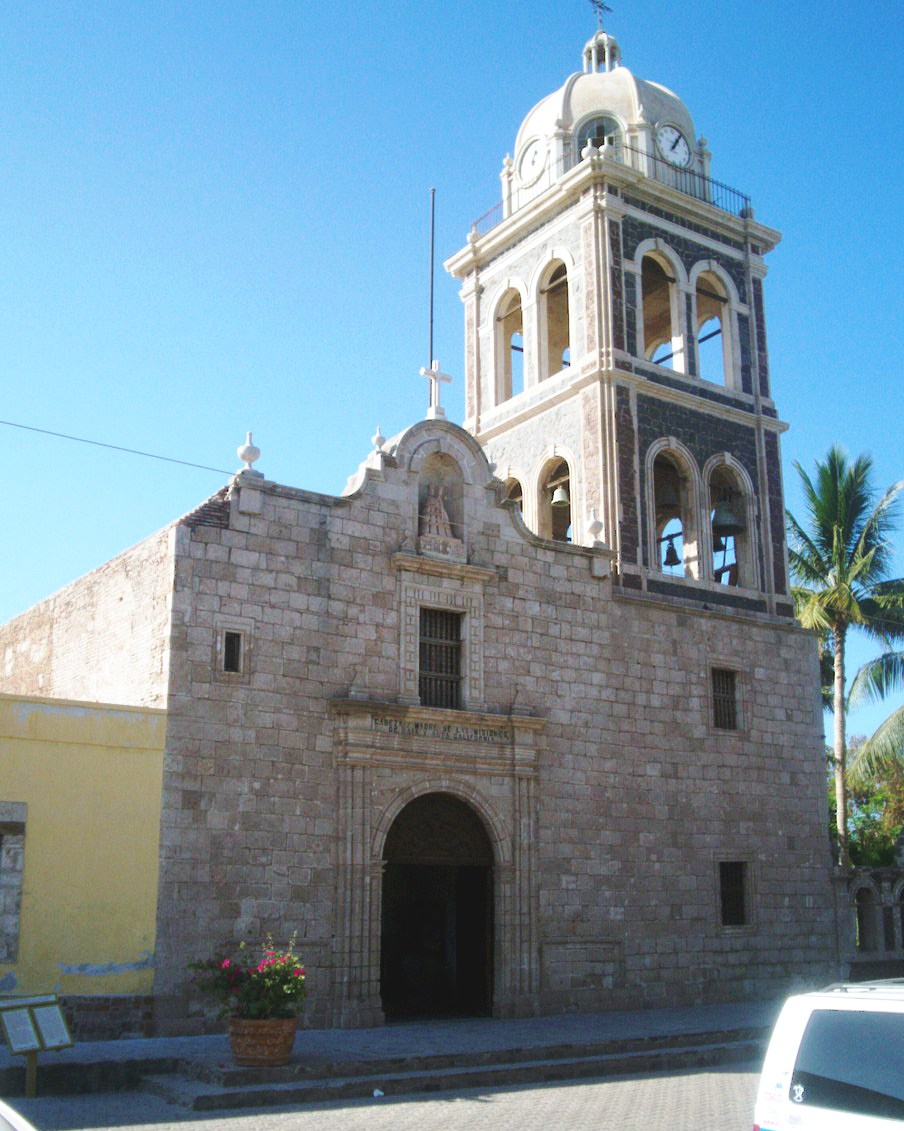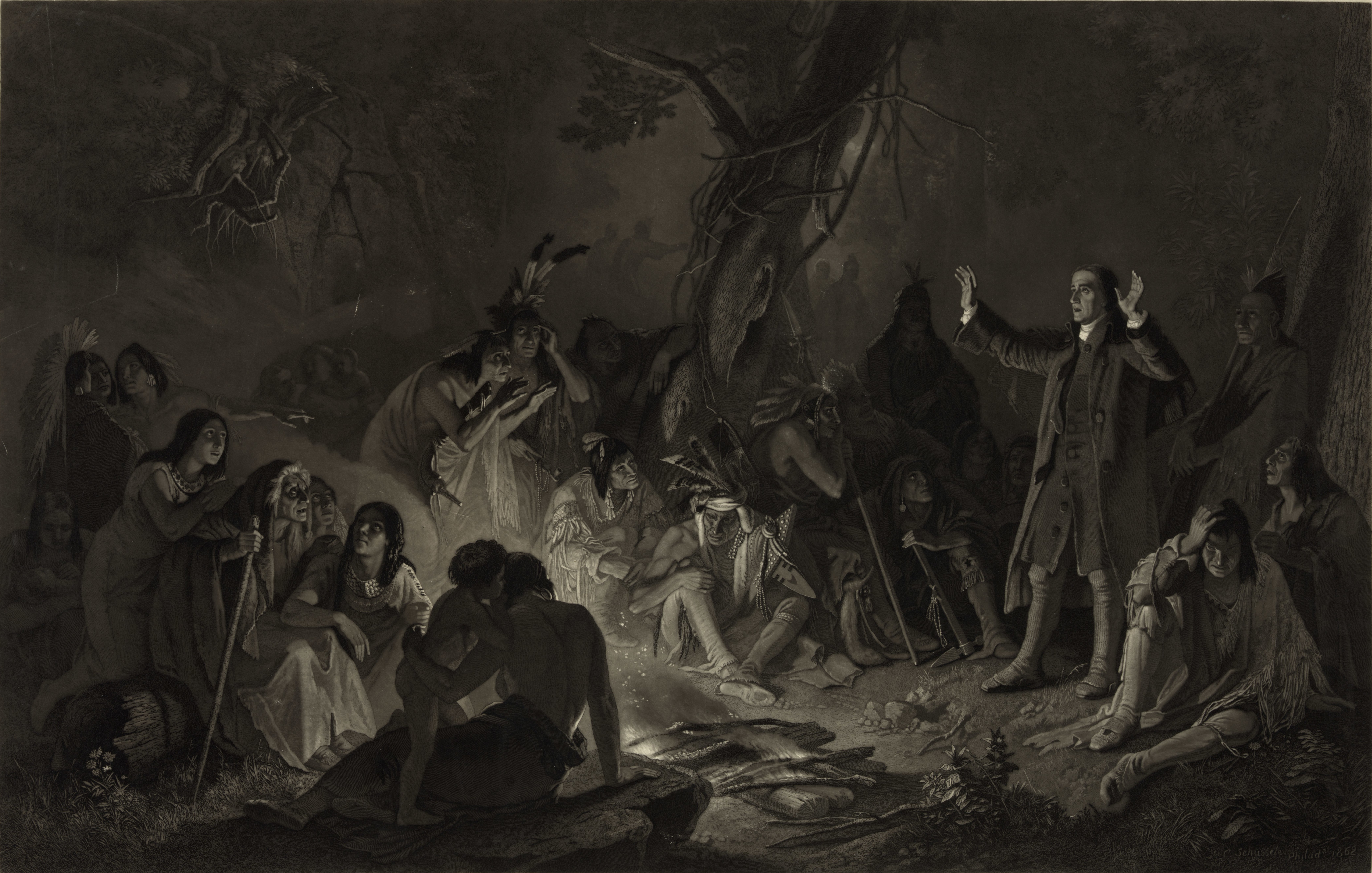|
Reducciones De Indios
Indian reductions in the Andes ( es, reducciones de indios, links=no) were settlements in the former Inca Empire created by Spanish authorities and populated by the forcible relocation of indigenous Andean populations, called "Indians" by the Spanish and "Andeans" by some modern scholars. The purpose of the Spanish Empire was to gather native populations into centers called "Indian reductions" (reducciones de indios), to Christianize, tax, and govern them to comply with Spanish customs and economic interests. Beginning in 1569, the viceroy Francisco de Toledo presided over the resettlement of about 1.4 million native people into approximately 840 reductions. The resettlement was carried out in the Royal Audiences of Lima and Charcas, modern day Peru and Bolivia, roughly speaking. The native populations, who had adapted to a way of life suitable to the many microclimates throughout the Andes, experienced immense hardship in the transition to life in these new settlements. Desp ... [...More Info...] [...Related Items...] OR: [Wikipedia] [Google] [Baidu] |
Christianization
Christianization ( or Christianisation) is to make Christian; to imbue with Christian principles; to become Christian. It can apply to the conversion of an individual, a practice, a place or a whole society. It began in the Roman Empire, continued through the Middle Ages in Europe, and in the twenty-first century has spread around the globe. Historically, there are four stages of Christianization beginning with individual conversion, followed by the translation of Christian texts into local vernacular language, establishing education and building schools, and finally, social reform that sometimes emerged naturally and sometimes included politics, government, coercion and even force through colonialism. The first countries to make Christianity their state religion were Armenia, Georgia, Ethiopia and Eritrea. In the fourth to fifth centuries, multiple tribes of Germanic barbarians converted to either Arian or orthodox Christianity. The Frankish empire begins during this same per ... [...More Info...] [...Related Items...] OR: [Wikipedia] [Google] [Baidu] |
List Of Spanish Missions
The Spanish missions in the Americas were Catholic missions established by the Spanish Empire during the 16th to 19th centuries in the period of the Spanish colonization of the Americas. These missions were scattered throughout the entirety of the Spanish colonies, which extended from Mexico and southwestern portions of the current-day United States to Argentina and Chile. The relationship between Spanish colonization and the Catholicization of the Americas is inextricable. The conversion of the region was viewed as crucial for colonization. The missions created by members of Catholic orders were often located on the outermost borders of the colonies. The missions facilitated the expansion of the Spanish empire through the religious conversion of the indigenous peoples occupying those areas. While the Spanish crown dominated the political, economic, and social realms of the Americas and people indigenous to the region, the Catholic Church dominated the religious and spiritual re ... [...More Info...] [...Related Items...] OR: [Wikipedia] [Google] [Baidu] |
Spanish Conquest Of Guatemala
In a protracted conflict during the Spanish colonization of the Americas, Spanish colonisers gradually incorporated the territory that became the modern country of Guatemala into the colonial Viceroyalty of New Spain. Before the conquest, this territory contained a number of competing Mesoamerican kingdoms, the majority of which were Maya. Many conquistadors viewed the Maya as "infidels" who needed to be forcefully converted and pacified, disregarding the achievements of their civilization.Jones 2000, p. 356. The first contact between the Maya and European explorers came in the early 16th century when a Spanish ship sailing from Panama to Santo Domingo was wrecked on the east coast of the Yucatán Peninsula in 1511. Several Spanish expeditions followed in 1517 and 1519, making landfall on various parts of the Yucatán coast. The Spanish conquest of the Maya was a prolonged affair; the Maya kingdoms resisted integration into the Spanish Empire with such tenacity that their defeat t ... [...More Info...] [...Related Items...] OR: [Wikipedia] [Google] [Baidu] |
Cargo System
The cargo system (also known as the civil-religious hierarchy, ''fiesta'' or ''mayordomía'' system) is a collection of secular and religious positions held by men or households in rural indigenous communities throughout central and southern Mexico and Central America. These revolving offices, or ''cargos'', become the unpaid responsibility of men who are active in civic life. They typically hold a given post for a term of one year, and alternate between civic and religious obligations from year to year. Office holders execute most of the tasks of local governments and churches. Individuals who hold a cargo are generally obligated to incur the costs of feasting during the ''fiestas'' that honor particular saints. Where it is practiced, there is generally some expectation of all local men to take part in this cargo system throughout their lives. Office holders assume greater responsibilities as they grow in stature in the community. Such progression requires substantial financ ... [...More Info...] [...Related Items...] OR: [Wikipedia] [Google] [Baidu] |
Jesuit Asia Missions
The Jesuits, or Society of Jesus, a Roman Catholic religious order, have had a long history of missions in East and South Asia from their very foundation in the 16th century; St. Francis Xavier, a friend of St. Ignatius of Loyola and co-founder of the Society, visited India, the Moluques, Japan and died (1552) as he was attempting to enter China. See also *Alessandro Valignano *Christianity in China *Christianity in Taiwan *Christianity in India *Christianity and the History of the Catholic Church in Japan *Francis Xavier *Jesuit China missions *Matteo Ricci *Ferdinand Verbiest *Pedro Arrupe *Roberto de Nobili *Thomas Stephens (Jesuit) Thomas Stephens (c. 1549–1619) was an English Jesuit priest and missionary in Portuguese India, writer and linguist (focusing on Marathi and Konkani). Father Thomas Stephens, educated at Oxford, was one of the earliest Western Christian missi ... {{RC-society-stub ... [...More Info...] [...Related Items...] OR: [Wikipedia] [Google] [Baidu] |
São Miguel Das Missões
São Miguel das Missões is a municipality in Rio Grande do Sul state, southern Brazil. Important 17th century Spanish Jesuit mission ruins are located in the municipality. San Miguel Mission is within Santo Ângelo Microregion, and the Riograndense Northwest Mesoregion. The city covers and had a population of 7,683 residents. Mission São Miguel das Missões The town grew around the Spanish colonial Jesuit Reduction, Mission San Miguel Arcángel, founded in 1632. After becoming part of Brazil it was renamed Mission São Miguel das Missões. In 1984 Mission São Miguel das Missões was one of four sites of Jesuit reductions in Argentina and one in Brazil to be declared by UNESCO the World Heritage Sites. Museum The Mission Museum (''Museu das Missões'') is a history museum located in São Miguel Mission. The creation of the museum was one of the first initiatives of the Office of Historical and Artistic Heritage, today IPHAN. In 1937 the SPHAN was created and in the ... [...More Info...] [...Related Items...] OR: [Wikipedia] [Google] [Baidu] |
Reductions
Reductions ( es, reducciones, also called ; , pl. ) were settlements created by Spanish rulers and Roman Catholic missionaries in Spanish America and the Spanish East Indies (the Philippines). In Portuguese-speaking Latin America, such reductions were also called ''aldeias''. The Spanish and Portuguese relocated, forcibly in many cases, indigenous inhabitants (''Indians'' or ''Indios'') of their colonies into urban settlements modeled on those in Spain and Portugal. The word "reduction" can be understood wrongly as meaning "to reduce." Rather, the 1611 Spanish dictionary by Sebastián de Covarrubias defines ''reducción'' (reduction) as "to convince, persuade, or to order." The goals of reductions were to concentrate indigenous people into settled communities and to convert the Indians to Christianity and impose European culture. The concentration of the indigenous into towns facilitated the organization and exploitation of their labor. Reductions could be either religio ... [...More Info...] [...Related Items...] OR: [Wikipedia] [Google] [Baidu] |
Catholic Church And The Age Of Discovery
The Catholic Church during the Age of Discovery inaugurated a major effort to spread Christianity in the New World and to convert the indigenous peoples of the Americas and other indigenous peoples. The evangelical effort was a major part of, and a justification for, the military conquests of European powers such as Portugal, Spain, and France. Christian missions to the indigenous peoples ran hand-in-hand with the colonial efforts of Catholic nations. In the Americas and other colonies in Asia, and Africa, most missions were run by religious orders such as the Franciscans, Dominicans, Augustinians, and Jesuits. In Mexico, the early systematic evangelization by mendicants came to be known as the "Spiritual Conquest of Mexico". Antonio de Montesinos, a Dominican friar on the island of Hispaniola, was the first member of the clergy to publicly denounce all forms of enslavement and oppression of the indigenous peoples of the Americas. Theologians such as Francisco de Vitoria and Bart ... [...More Info...] [...Related Items...] OR: [Wikipedia] [Google] [Baidu] |
Mission Indians
Mission Indians are the indigenous peoples of California who lived in Southern California and were forcibly relocated from their traditional dwellings, villages, and homelands to live and work at 15 Franciscan missions in Southern California and the ''Asistencias'' and ''Estancias'' established between 1796 and 1823 in the Las Californias Province of the Viceroyalty of New Spain. History Spanish explorers arrived on California's coasts as early as the mid-16th century. In 1769 the first Spanish Franciscan mission was built in San Diego. Local tribes were relocated and conscripted into forced labor on the mission, stretching from San Diego to San Francisco. Disease, starvation, excessive physical labor and torture decimated these tribes.Pritzker, 114 Many were baptized as Roman Catholics by the Franciscan missionaries at the missions. Mission Indians were from many regional Native American tribes; their members were often relocated together in new mixed groups, and the Spanish ... [...More Info...] [...Related Items...] OR: [Wikipedia] [Google] [Baidu] |
Praying Indians
Praying Indian is a 17th-century term referring to Native Americans of New England, New York, Ontario, and Quebec who converted to Christianity either voluntarily or involuntarily. Many groups are referred to by the term, but it is more commonly used for tribes that were organized into villages. The villages were known as praying towns and were established by missionaries such as the Puritan leader John Eliot and Jesuit missionaries who established the St. Regis and Kahnawake (formerly known as Caughnawaga) and the missions among the Huron in western Ontario. Early history In 1646, the General Court of Massachusetts passed an "Act for the Propagation of the Gospel amongst the Indians." It and the success of Reverend John Eliot and other missionaries preaching Christianity to the New England tribes raised interest in England. In 1649, the Long Parliament passed an ordination forming "A Corporation for the Promoting and Propagating the Gospel of Jesus Christ in New England," ... [...More Info...] [...Related Items...] OR: [Wikipedia] [Google] [Baidu] |
Moravian Indians
The Christian Munsee are a group of Lenape (also known as ''Delaware''), an Indigenous people in the United States, that primarily speak Munsee and have converted to Christianity, following the teachings of Moravian missionaries. The Christian Munsee are also known as the Moravian Munsee or the Moravian Indians, the Moravian Christian Indians or, in context, simply the Christian Indians. As the Moravian Church transferred some of their missions to other Christian denominations, such as the Methodists, Christian Munsee today belong to the Moravian Church, Methodist Church, United Church of Canada, among other Christian denominations. The Christian Munsee tribe has produced several people who have become notable figures in Christianity and the Delaware Nation as a whole, such as Gelelemend (a Lenape chief), John Henry Kilbuck (a Moravian Christian missionary to the Native peoples in Alaska), Papunhank (a Moravian Lenape diplomat and preacher), Glikhikan (Munsee chief, Moravian e ... [...More Info...] [...Related Items...] OR: [Wikipedia] [Google] [Baidu] |








